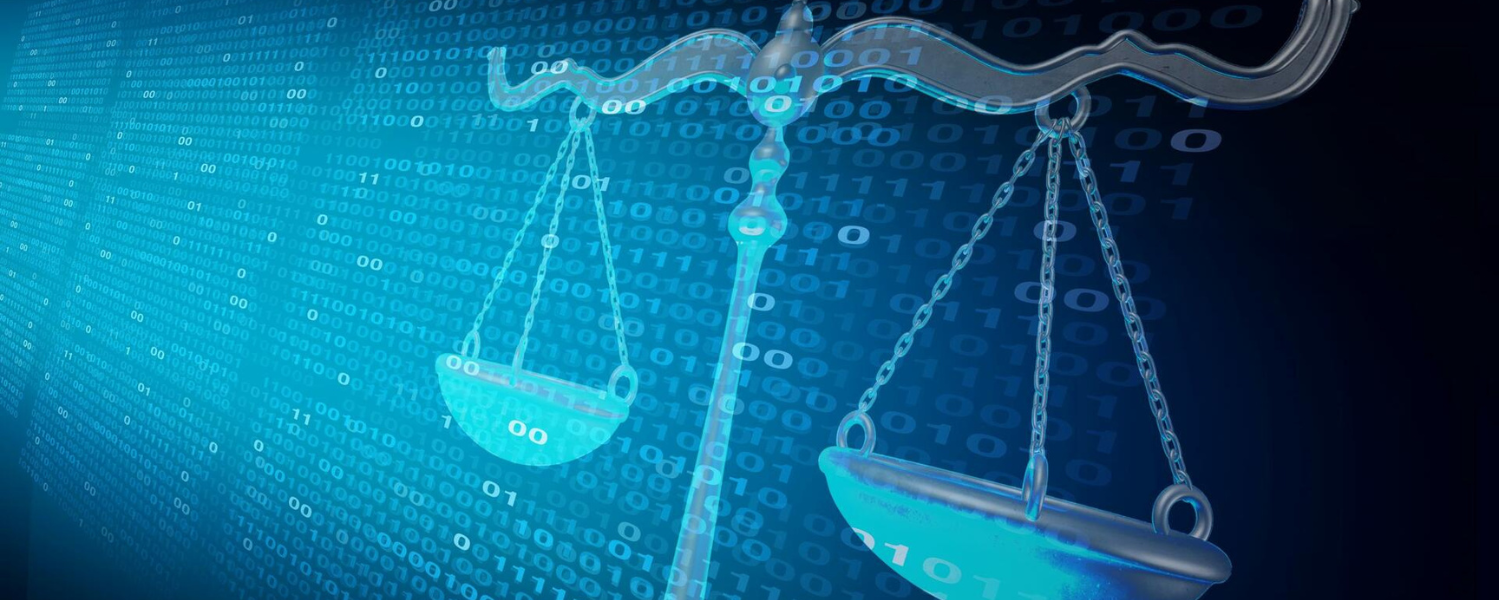
Legality of digital technology in Vietnam – Perspective from Spin-Off model – Part 2: Solutions to develop digital technology in accordance with the Spin-off Model in Vietnam
07 Jul, 2022
Developing digital technology and digital businesses according to the Spin-Off model is considered a classic model of countries around the world. With the current legal system and the operating model of Vietnamese scientific and technological organizations, whether this model can be successfully implemented or not is a matter that needs to be studied. In part 2 of this article, the authors outline some solutions to develop digital technology in accordance with the Spin-Off model in Vietnam.
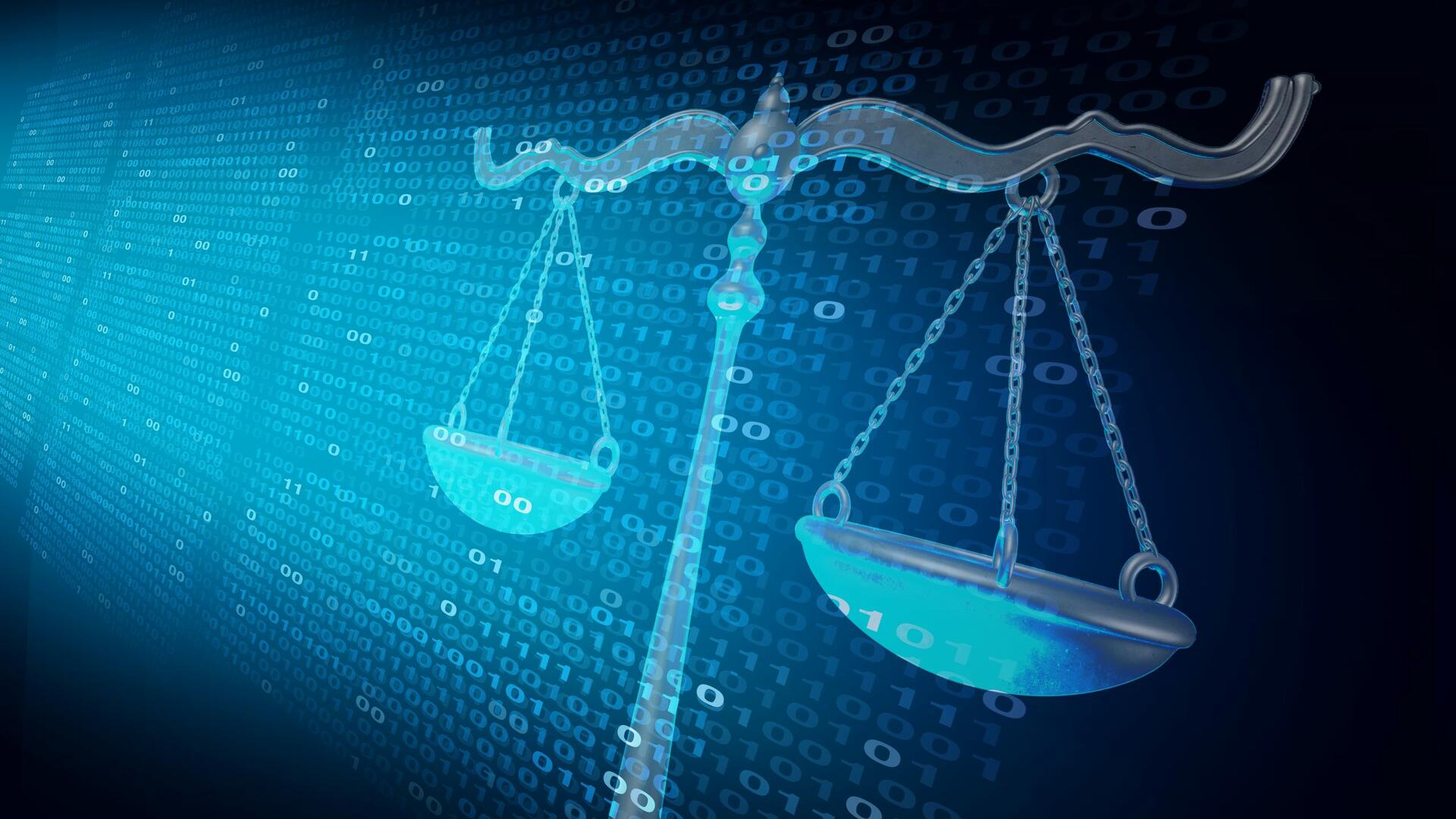
In accordance with the analysis of law enforcement practices related to the development of digital technology based on the Spin-Off Model as presented in Part 1, the authors have proposed a number of solutions to develop digital technology based on this model.
Finalizing regulations on the establishment of science and technology organizations, certification of science and technology enterprises, model transformation
Regarding the procedures for registration of activities at the State management agency for non-public science and technology organizations, the Law on Science and Technology 2013 should abolish this provision for organizations engaged in scientific and technological activities in domestic organizations in order to facilitate these organizations to operate more easily and in accordance with the general principle of creative freedom, freedom to research what is not prohibited by law.
The current Law on Science and Technology 2013 should revise the definition of ‘Science and technology enterprise’ as follows: “Science and technology enterprise is an enterprise performing technology transfer and production activities , business, scientific and technological services to create products and goods from the results of scientific research and technological development”.
With the emergence of science and technology enterprises, the Enterprise Law 2020 should, therefore, have provisions to add this type to the Law, similar to the type of social enterprises, creating a premise for develop science and technology enterprises in the future.
Completing regulations regarding the concepts of property rights, technology, information technology
Regarding the concept of Property Rights: it is to demonstrate its role as the foundational Code for Specialized Acts as well as to create consistency with these Acts (for example: Joint Circular No. 39/2014/TTLT -BKHCN-BTC[2], Law on Enterprises, Law on Science & Technology, Law on Technology Transfer) in the recognition of current types of intellectual property and possibly new types of assets arising in the future. In the future, the 2015 Civil Code should complete the provisions of Article 115 as follows:
|
Current Regulations Article 115. Property rights “Property rights are rights valued in money, including property rights to objects of intellectual property rights, land use rights and other property rights”. |
Proposed Regulations Amendment Article 115. Property rights Property rights are rights valued in money, including, intellectual property rights, property rights over intellectual property rights, land use rights, and other property rights. |
In terms of the concept of Technology: The concept of technology of the current Law on Science & Technology has revealed a lot of limitations and needs to be revised, the current concept of Technology should be defined in accordance with the conceptual approach of ESCAP, specifically: “Technology, a knowledge system about technical solutions for processing materials, information and energy, covers all skills; knowledge; method; processes, equipment used in production, manufacturing, service, management and information”.
Regarding the concept of Information Technology: The concept of information technology has some shortcomings and needs to be revised as in the following amendment and supplement plan:
|
Regulations in Article 4.1, Law on Information Technology No. 10/VBHN-VPQH “Information technology is a collection of modern scientific methods, technologies and technical tools for the production, transmission, collection, processing, storage and exchange of digital information”. |
Proposed Regulation Amendment Information technology is a collection of technical technologies of hardware, software, computer networks and telecommunications and modern digital equipment for the production, transmission, collection, processing, storage, security and exchange of information. change digital information; or applied in business, commerce and State management activities. |
Completing regulations on valuation and technology transfer
Regarding the provisions of Joint Circular No. 39/2014/TTLT-BKHCN-BTC: Firstly, for the provisions of Article 1, it is necessary to amend the type of auction case that is not within the scope of regulations; Secondly, for the provisions of Article 4.2, it is necessary to add specifically the subjects that are considered to be valuation support service organizations and the cases where a price is required for each subject, which helps to the parties involved in the valuation and technology transfer relationship know which organizations specifically in case that a suitable Valuation Organization cannot be found, the parties can actively contact the this organization aims to shorten the time of technology transfer due to waiting for valuation results without knowing who is the competent person; Thirdly, Joint Circular No. 39/2014/TTLT-BKHCN-BTC was issued earlier than a number of Valuation Standards issued later; therefore, it is also necessary to update new valuation methods, in order to create compatibility and consistency in the application of the Law on Prices.
Regarding the concept of Technology Transfer and proposed technology transfer object, it is amended as follows:
|
The current concept “Technology transfer is the transfer of the ownership of a technology or the transfer of the right to use a technology from the party having the right to transfer the technology to the party receiving the technology.” |
The proposed revised concept Technology transfer means the transfer of technology ownership or the right to use technology from the technology transfer right holder to the technology transferee; or transfer information that is considered know-how; or transfer scientific and technological results in the form of a contract.
|
|
The current regulations “Article 4. Objects of technology to be transferred 1. The transferred technology is one or the following subjects: a) Technical know-how, technological know-how; b) Technological plans and processes; solutions, parameters, drawings, technical diagrams; formulas, computer software, data information; c) Solutions to rationalize production and renew technology; d) Machinery and equipment attached to one of the objects specified at Points a, b and c of this Clause. 2. Where the technological object specified in Clause 1 of this Article is protected for intellectual property rights, the transfer of intellectual property rights shall comply with the provisions of the law on intellectual property.” |
The proposed regulations amendment Article 4. Objects of technology to be transferred 1. The transferred technology is one or the following subjects: a) Machinery and equipment attached to one of the objects specified at Points b, c and d of this Clause. b) Technical know-how, technological know-how; c) Plan and process of production technology; Information Technology; Solutions to rationalize production, innovate technology; Solutions to improve productivity, product quality and information; d) Additional information including: technical specifications, drawings, technical diagrams; formulas, computer software to control machinery and equipment, information and data about technology; 2. If the technological object specified in Clause 1 of this Article is protected by intellectual property rights, the transfer of intellectual property rights shall comply with the provisions of the law on intellectual property. 3. The transferred technology objects must not violate the standards specified in Clause 1, Article 11 of this Law or fall into the List of banned technologies as prescribed. |
Completing regulations on corporate income tax calculation and a number of other regulations related to digital technology development
Regarding the provisions of the Law on Corporate Income Tax (Consolidated Document No. 14/VBHN-VPQH 2020), currently, there is a need to contribute capital by technology in general and digital technology in particular through the form of joint venture in particular. Business is an actual need for businesses that are in need of technology to operate and develop; nevertheless, with the barrier of paying corporate income tax on the difference in revaluation asset value compared to the original cost or initial investment cost is also a challenge for this activity. If viewed from the perspective of the financial performance of the business, the new business model of the venture capitalized by digital technology, in addition to the contributed assets, the new model requires a certain amount of cash capital to continue to develop and to perfect the technology as well as to maintain the stable operation of the technology. If immediately after contributing capital, the party contributing capital with assets has to pay additional tax on the difference, this leads to the loss of working capital in cash whereas the efficiency of technology exploitation in the business model is still a question mark. It is thought that this provision needs to be adjusted to the time of calculating taxable income, the time when the party contributing capital by assets transfers the contributed capital or shares, in order to enjoy this policy, the joint venture company in general and companies formed under the Spin-off Model in particular, is only depreciated when calculating taxable income in accordance with the residual value of the assets contributed as capital, and the assets contributed as capital must be valued by pricing appraisal organization. Therefore, with this regulation, the State, on the one hand, has more substantive financial support for technology transfer activities in the form of capital contribution whereas the market value of the company can be managed. Technology brings capital as well as encourages businesses to be transparent about capital contribution, which is beneficial for the financial market exclusively for technology companies as well as removing barriers to technology transfer for scientific institutions as well as science-technology enterprises, contributing to the development of an innovative startup ecosystem that develops and spreads knowledge rapidly.
In December 2020, the Prime Minister issued Decision No. 38/2020/QD-TTg dated December 30, 2020 on “List of high-tech prioritized for investment and development and List of technology products. In the future, the Government needs to issue a Decree providing specific guidance on incentives and support for technology development activities in Appendix I related to digital technologies in the context of preferential and support policies specified in diverse different relevant legal documents. This also helps high-tech enterprises, information technology enterprises, science and technology enterprises in information technology, collectively known as digital technology enterprises, to focus on development and research applications of emerging digital technologies listed in the catalog as well as to promote the innovation startup ecosystem under the emerging Digital Spin-off Model to develop in the future.
Please refer to the full research Digital law in Vietnam – A perspective from the Spin-Off model here. Author group: MSc. Dương Anh Quốc – Crowe Accounting Limited Company Việt Nam; Dr. Nguyễn Thị Anh – Faculty of Law, UEH School of Business, Law, and Government.
This is in series of spreading researches and applied knowledge from UEH with “Research Contribution For All – Nghiên Cứu Vì Cộng Đồng” message, UEH would like to invite dear readers to look forward to Newsletter ECONOMY NO. #49 “Globalization and the world monetary system: The erosion of the dollar and the scenario for Vietnamese trade”.
News, photos: Author group, UEH Department Marketing – Communication


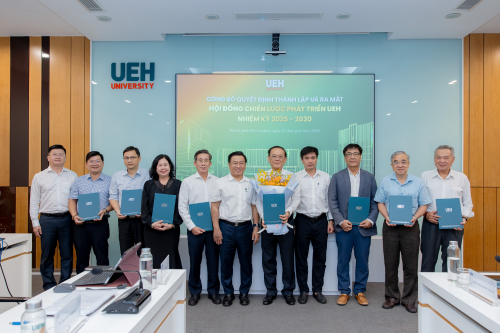
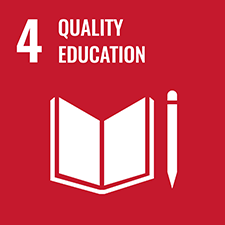

![[Research Contribution] Climate Adaptation and Ownership Structure: Determinants of Global Bank Performance](/images/upload/thumbnail/ueh-thumbnail-639024479352054880.png)
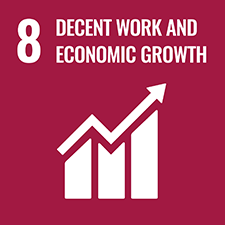
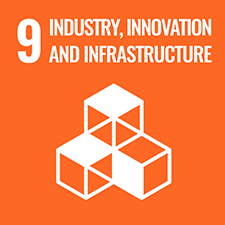
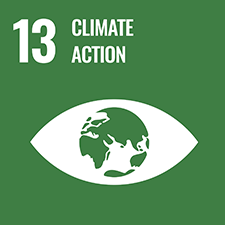
![[Research Contribution] Wage or Survival Fee? A New Perspective on Provincial Minimum Living Wages in Vietnam](/images/upload/thumbnail/ueh-thumbnail-639024468410266657.png)
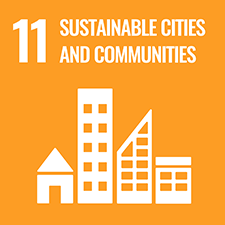
![[Research Contribution] A Model for Assessing the Impact of Accounting Data Analytics on Sustainable Information Presentation in the Public Sector](/images/upload/thumbnail/ueh-thumbnail-639024469396621767.png)

![[Research Contribution] A Strategy for Engaging Stakeholders to Implement Living Labs for Addressing Urban Issues](/images/upload/thumbnail/ueh-thumbnail-639024459455096821.png)